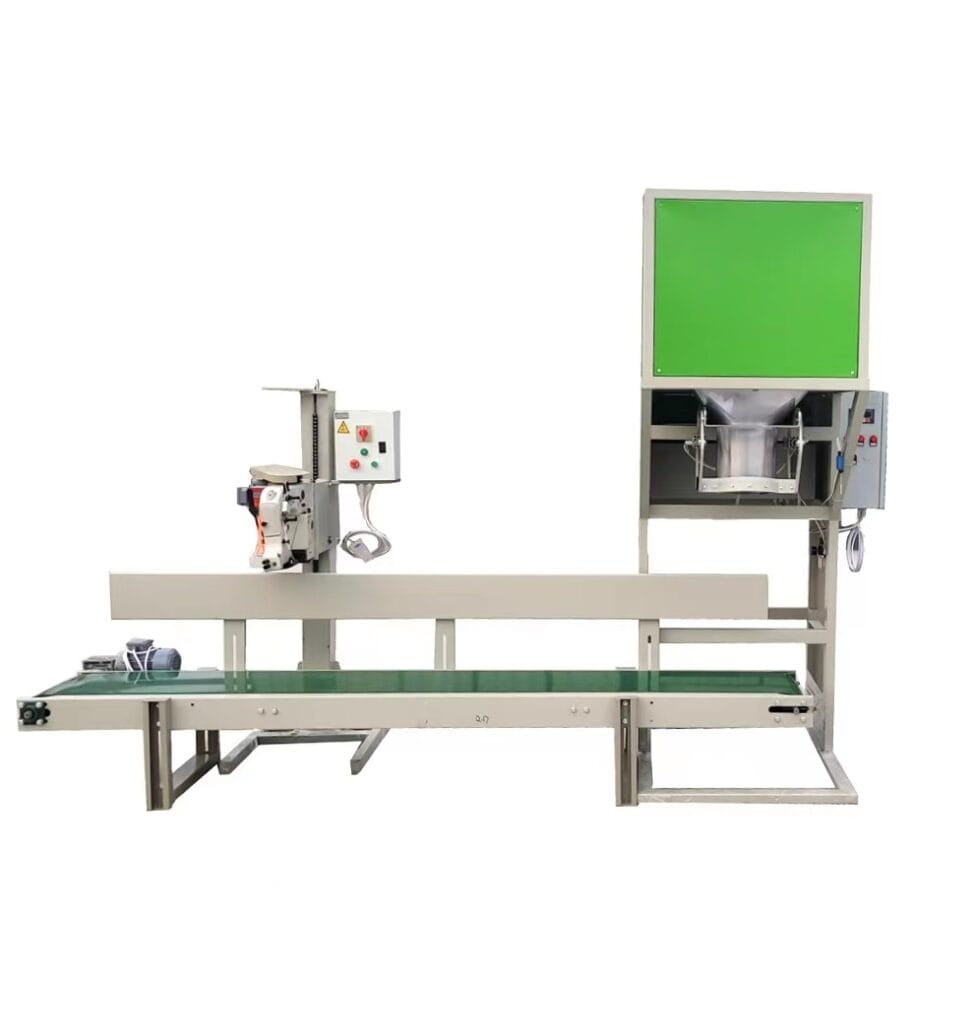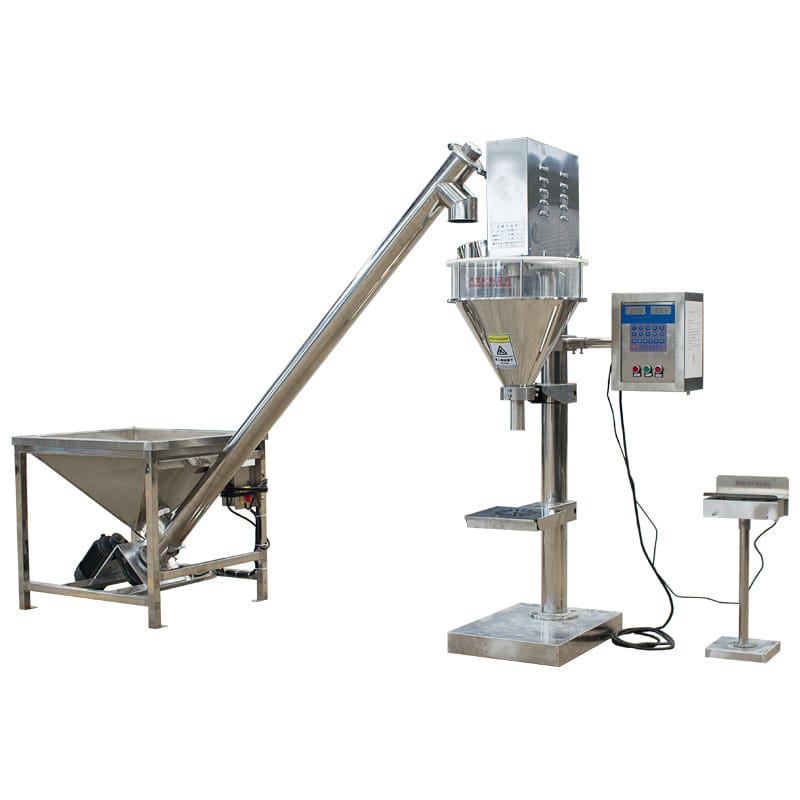Packaging Machinery Costs & Strategic Evolution to Meet Societal Demands
The packaging machinery sector stands at a crossroads, where technological adaptation and environmental responsibility define market leadership. Below, we analyze pricing dynamics and outline transformative strategies for manufacturers to align with evolving global expectations.
Packaging Machinery Pricing Overview
Investment costs vary by capability and scale:
- Entry-level semi-automatic: $5,000–$100,000 (20–50 units/minute)
- Mid-range automated: $120,000–$250,000 (60–120 units/minute)
- High-speed smart lines: $300,000+ (200+ units/minute, AI-integrated)
Chinese manufacturers deliver 25–40% cost advantages over Western equivalents, combining rapid 4–6 week deliveries with ISO 9001 compliance.
4 Paradigm Shifts to Address Societal Needs
1. Intelligent Automation for Precision
- AI-driven systems:
- Self-optimizing fill weights (±0.3% accuracy) for variable-density products.
- Fault prediction algorithms reducing downtime by 40–60%.
- Case in point: A European bakery chain cut packaging errors by 78% using vision-guided pick-and-place robots.
2. Sustainability-Led Engineering
| Initiative | Technical Implementation | Impact |
|---|---|---|
| Circular packaging | Compostable film sealing at 250–300°F (121–149°C) | 50% lower plastic waste |
| Energy recovery | Regenerative motor systems | 20–25% power savings |
| Lightweighting | Aluminum-free laminates (≤1.2 mil) | 30% material reduction |
Regulatory alignment: Meet EU Green Deal and California SB 54 standards.
3. Agile Customization Capabilities
- Modular designs: Switch between pouch, tray, and bottle formats in <15 minutes.
- Multi-material handling: Process paper, bioplastics, and recycled PET in one line.
- Scalability: Upgrade entry-level machines with IoT kits for real-time OEE tracking.
4. Human-Centric Innovation
- Safety enhancements:
- Laser scanners halt operations if operators enter danger zones (<0.2s response).
- Ergonomic workstations reduce repetitive strain injuries by 45%.
- Upskilling programs:
- AR-guided maintenance training cuts repair time by 30%.
- Data literacy courses empower workers to interpret machine analytics.
Cost-Benefit of Strategic Shifts
| Strategy | Initial Investment | 3-Year ROI |
|---|---|---|
| Smart automation retrofit | $80,000–$150,000 | 35–50% labor cost reduction |
| Sustainable material R&D | $200,000–$500,000 | 20% premium pricing eligibility |
| Workforce reskilling | $50,000–$100,000 | 60% higher operational efficiency |
Why Chinese Manufacturers Lead the Transition
- Speed-to-market: Prototype to production in 3–4 weeks vs. 12+ weeks globally.
- Cost innovation: Localized supply chains reduce component costs 30–35%.
- Regulatory agility: Rapid certification for global standards (CE, FDA, REACH).
Implementation Roadmap
- Phase 1 (0–12 months):
- Pilot AI-enabled machines with 5–10% energy savings.
- Launch take-back programs for end-of-life equipment.
- Phase 2 (12–36 months):
- Establish regional R&D hubs for circular packaging solutions.
- Achieve 100% recyclable/compostable packaging capability.

